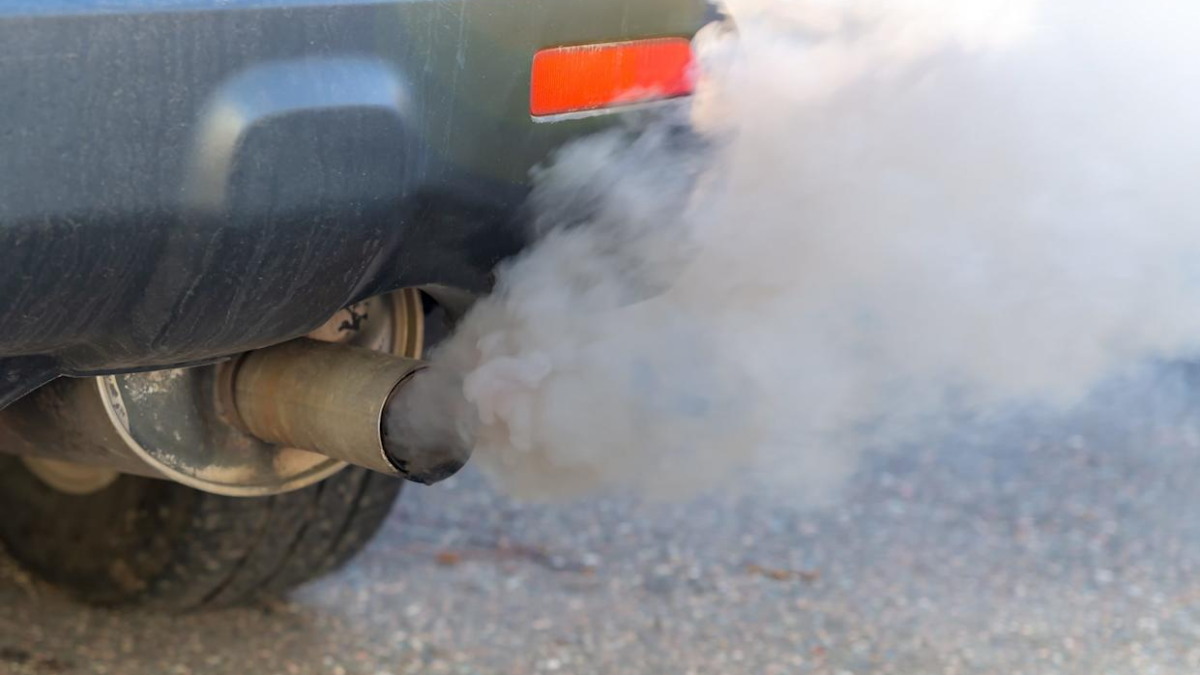The U.S. is preparing to eliminate a common automotive feature—stop-start engine systems—that have become nearly standard in new vehicles. Designed to save fuel by turning off a car’s engine when idling at stoplights, the technology is now under scrutiny due to consumer complaints and shifting regulatory priorities.
This major policy shift could affect future vehicle designs, fuel economy standards, and environmental goals, creating ripples throughout the automotive industry.
What Is Stop-Start Engine Technology?
Stop-start engine systems automatically shut off a vehicle’s engine when it is idling, such as at red lights or in traffic, and restart it once the driver releases the brake. Automakers have widely adopted this feature as a way to improve fuel efficiency and reduce emissions.
These systems became increasingly popular after the Environmental Protection Agency (EPA) included stop-start technology in its fuel economy testing standards. Car manufacturers relied on the tech to meet federal Corporate Average Fuel Economy (CAFE) standards without the need for more expensive electric components.
However, drivers have expressed dissatisfaction with how these systems operate—complaining about delayed acceleration, abrupt restarts, and long-term wear on batteries and starters.
Why the U.S. May Kill Off the System
The possible rollback of stop-start mandates comes amid a broader reevaluation of automotive technology by regulators. Critics argue that while the technology offers minor fuel savings—typically 3–5%—it often disrupts the driving experience and causes long-term maintenance issues.
According to recent reports, federal agencies including the National Highway Traffic Safety Administration (NHTSA) and the EPA are considering revisions to vehicle efficiency standards that would no longer encourage or require the inclusion of stop-start systems in new vehicles.
The proposed shift is also being driven by a change in focus toward electric vehicles (EVs), which offer zero-emissions driving without the need for stop-start systems. As EV adoption rises, regulators appear more interested in incentivizing full electrification rather than interim fuel-saving technologies.
Impact on Drivers and Automakers
Removing the requirement for stop-start systems could simplify manufacturing and cut costs for automakers, especially for traditional internal combustion engine (ICE) vehicles. Without needing to integrate stop-start functionality, manufacturers could streamline engine designs and reduce customer complaints.
For drivers, the removal of stop-start tech could lead to smoother driving experiences, fewer system-related repairs, and less battery strain—particularly in cold climates where restarts can lag.
However, environmental advocates worry the move could slow progress on reducing emissions from ICE vehicles. Despite their small fuel savings, stop-start systems help lower greenhouse gas emissions at the national scale when adopted widely.

A Shift Toward Electric Vehicle Policy
The U.S. government’s change in approach coincides with a larger trend of promoting electric vehicles through tax incentives, infrastructure funding, and production mandates. For example, the Inflation Reduction Act offers up to $7,500 in tax credits for qualifying EVs, underscoring Washington’s priority to transition away from gasoline-powered cars altogether.
Rather than fine-tune internal combustion engines with marginal fuel-saving technologies like stop-start systems, regulators are now placing their bets on EVs as the future of American transportation.
According to Reuters, industry insiders confirm that automakers have already begun adjusting their production lines in anticipation of reduced federal emphasis on stop-start technology.
Consumer Response to Stop-Start Systems
A significant factor behind the possible rollback is driver sentiment. According to JD Power surveys, stop-start systems consistently rank among the least-liked features in new vehicles. Complaints include:
- Jerky or delayed restarts at intersections
- Increased wear on batteries and starter motors
- Limited performance in extreme temperatures
- Lack of ability to disable the system in many models
Some automakers have even allowed drivers to turn off the system via dashboard settings, acknowledging widespread user dissatisfaction.
What Comes Next?
As regulators finalize their next round of vehicle efficiency rules, automakers and consumers alike await clarity on whether stop-start systems will remain a part of future vehicle designs. If the government formally drops the mandate, most manufacturers are expected to phase out the feature altogether—especially in lower-priced vehicles that lack hybrid or electric options.
While the exact timeline remains unclear, analysts predict that the majority of new gas-powered vehicles could stop using the feature within the next 2–3 model years.
Conclusion
The U.S. is poised to eliminate a once-promising piece of automotive technology as stop-start engine systems fall out of favor with regulators and drivers alike. As attention shifts to electric vehicles and broader emission reductions, features like stop-start may soon be left behind as relics of an earlier era in automotive innovation.
For more details on vehicle technology policy and industry trends, visit Automotive News.
Disclaimer – Our team has carefully fact-checked this article to make sure it’s accurate and free from any misinformation. We’re dedicated to keeping our content honest and reliable for our readers.
